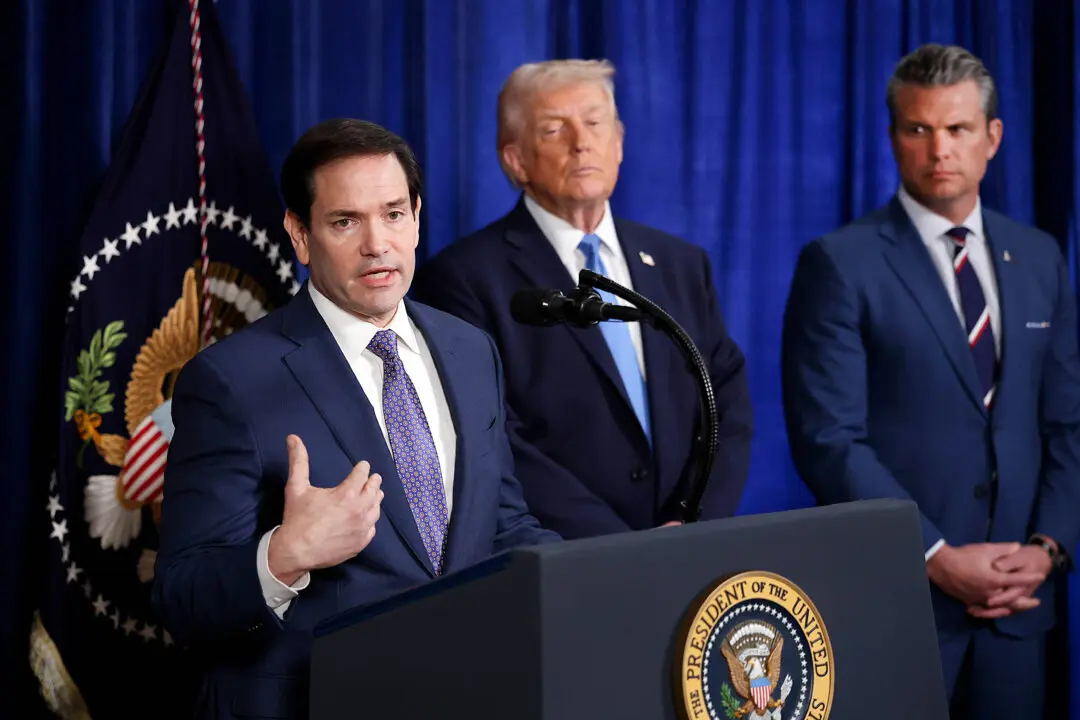WASHINGTON—President Joe Biden’s budget request for fiscal year 2022 made it clear that defense isn’t his top priority, at a time when the Chinese communist regime is building its military power and posing a threat to U.S. security interests.
The president’s budget for the fiscal year 2022, released on May 28, seeks $752.9 billion for national defense, $715 billion of which is for the Pentagon. When compared to the fiscal year 2021 budget, the requested amount for the Department of Defense in 2022 reflects only a 1.6 percent increase.





